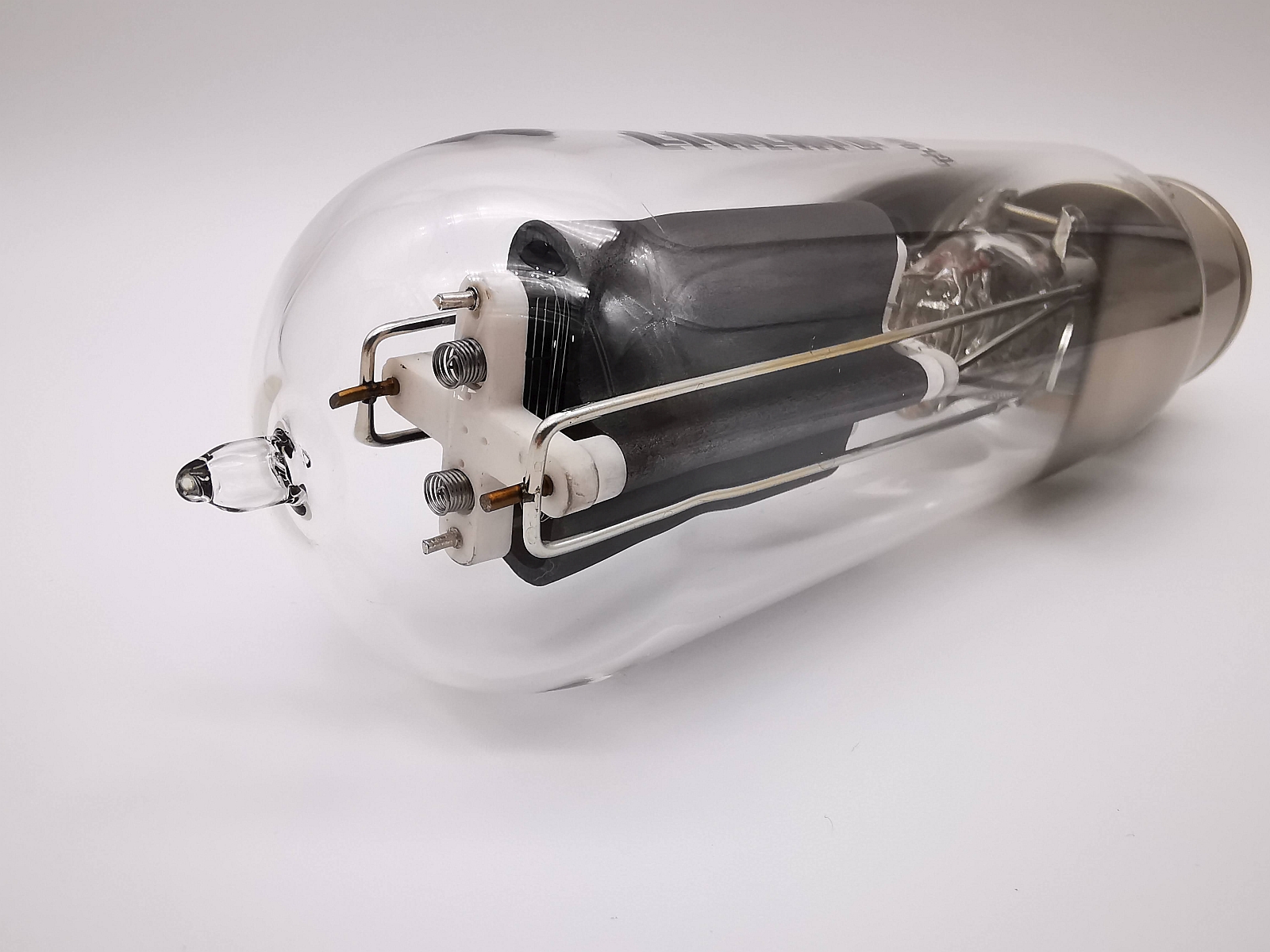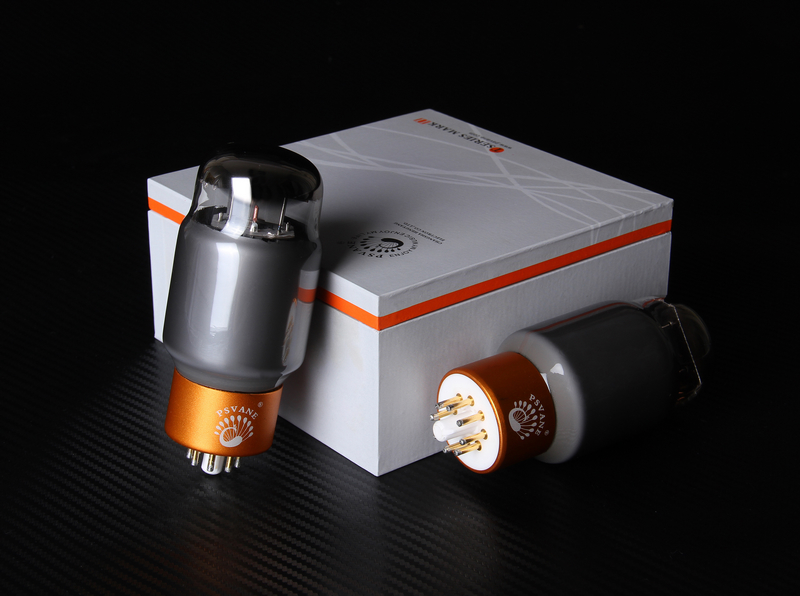Treasure 6SL7-Z: “I have never heard bass like that from ANY amp”
 Feedback received from Nick B. in UK about Treasure 6SL7-Z:
Feedback received from Nick B. in UK about Treasure 6SL7-Z:
“Hi Rachel,
I just thought I would drop you a note having put the 6SL7-Z tubes into my monobloc amps.
The only word I can think of to use is WOW!
I have never heard bass like that from ANY amp, never mind a valve amp. What a difference it has made to the music.”



 Feedback received via email from Darren in Australia:
Feedback received via email from Darren in Australia: